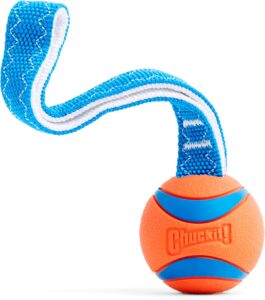
Birds are an integral part of our ecosystem, providing numerous benefits such as pest control and pollination. However, when they decide to make their homes in our buildings, they can become nuisances, causing structural damage and creating unsanitary conditions. Effective bird-proofing strategies are essential to maintain a harmonious balance between enjoying wildlife and preserving the sanctity of our homes. Below, we explore comprehensive strategies for bird-proofing your home.
Understanding the Problem: Why Do Birds Invade?
Before implementing bird-proofing strategies, it is crucial to understand why birds are attracted to homes. Common reasons include the search for food, nesting sites, and shelter from predators. Buildings with ledges, open chimneys, and accessible attics can be particularly inviting. Additionally, food sources such as bird feeders, open trash bins, and pet food can attract birds.
Identifying Common Problem Areas in Your Home
Identifying potential entry points and problem areas in your home is the first step in bird-proofing. Common areas include:
- Roof eaves and ledges
- Chimneys and vents
- Attics and loft spaces
- Balconies and patios
- Open garages and sheds
Physical Barriers: The First Line of Defense
Bird Netting
Bird netting is one of the most effective ways to keep birds away from specific areas. It is particularly useful for protecting gardens, fruit trees, and large open spaces like balconies. Netting should be installed securely, ensuring there are no gaps where birds can slip through.
Spikes and Wires
Bird spikes and wires can be installed on ledges, rooflines, and other perching areas to deter birds from landing. These devices are designed to be uncomfortable for birds without causing them harm. Spikes are effective for large birds like pigeons and gulls, while wires may be more suitable for smaller birds.
Chimney Caps and Vent Covers
Installing chimney caps and vent covers can prevent birds from entering these spaces. Mesh covers allow smoke and air to escape while keeping birds out, reducing the risk of nesting and blockages.
Visual and Auditory Deterrents
Reflective Objects
Birds are often deterred by reflective objects that create flashes of light. Hanging reflective tape, CDs, or mirrors can be effective in keeping birds away. Position these items in areas where birds are most likely to congregate.
Decoys and Predatory Models
Using decoys such as plastic owls or hawks can discourage birds from entering an area. These models should be moved periodically to maintain effectiveness, as birds may become accustomed to them if left in one spot for too long.
Sound Deterrents
Sound deterrents, such as ultrasonic devices or recordings of predator calls, can also be effective in keeping birds at bay. These devices can be particularly useful in areas where visual deterrents are less effective.
Environmental Modifications
Removing Food Sources
One of the most effective ways to deter birds is by eliminating food sources. This includes securing garbage bins, removing pet food from outdoor areas, and cleaning up fallen fruit or seeds from the ground.
Pruning Trees and Shrubs
Trimming trees and shrubs near your home can reduce potential nesting sites and perching areas for birds. Keeping vegetation well-maintained can also improve the overall appearance of your property.
Long-Term Solutions and Maintenance
Regular Inspections
Regular inspections of your home and property can help identify new potential problem areas and ensure that existing bird-proofing measures remain effective. Look for signs of nesting, droppings, or structural damage that may indicate bird activity.
Adaptability and Updates
Bird-proofing is not a one-time task. As birds adapt and find new ways to enter or perch on your property, you may need to update and adapt your strategies. Be open to trying new methods and technologies as they become available.
Legal Considerations and Humane Practices
When implementing bird-proofing strategies, it’s essential to consider legal and ethical implications. Many bird species are protected by law, and harming or killing them can result in fines or legal action. Always opt for humane methods that deter birds without causing harm.
Conclusion: Achieving a Bird-Proof Home
Bird-proofing your home requires a combination of strategies tailored to the specific needs and layout of your property. By understanding why birds are attracted to your home and addressing potential problem areas, you can effectively deter them while maintaining a humane and eco-friendly approach. Regular maintenance and adaptability are crucial to ensuring long-term success in keeping your home bird-free.
#ChatGPT assisted in the creation of this article.








